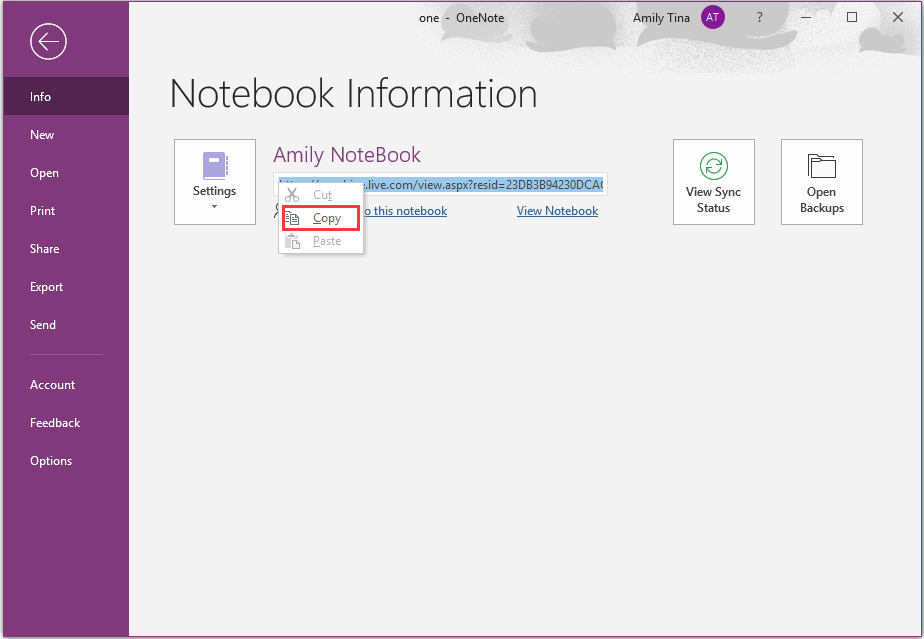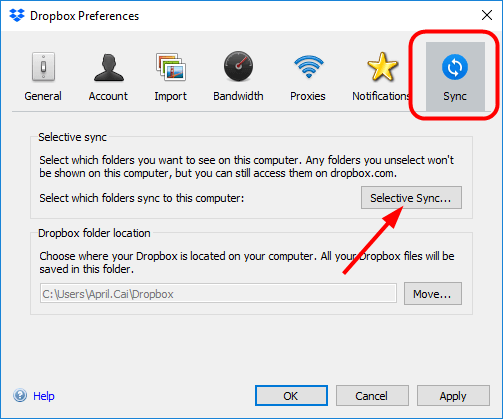
However, there are many technological holes in Yellow Box network protocols is a big one.
Beatunes not syncing code#
Looking at Rhapsody's toolbox, Yellow Box, you will probably find that much of the code you struggled so long to get just right on the Mac is already built into Yellow Box things like styled text with rulers, drawing controls and such.

All the rest of your program is likely support code added to make your program easy to use in a Macintosh environment. That, and one or two core technologies developed from your own specific expertise are what your customers purchase.

What you should find when you examine your technology is that most the value your product gives to a customer is how you have chosen to connect your various technologies together with a useful presentation to the user. As you review your own legacy technologies for Rhapsody, think carefully about which of your technologies represent significant differentiation from your competition, and what is just another implementation of the same thing everyone else has to implement.
Beatunes not syncing software#
With the recent release of Rhapsody you have undoubtedly begun looking at how your software can be moved to the new platform. They understood the value of not recreating code just because "it's not invented here." In fact, there was once a thriving market of third party libraries among NeXTSTEP developers. The Rhapsody development environment is designed specifically to make sharing code much easier than it has ever been. Rhapsody offers many new opportunities for developers to leverage each other's work. We can benefit even more by sharing our own technologies with each other. However, with the recent popularity of the Internet, the world of computing has begun moving so fast that Apple alone cannot provide us with the technologies we need. In fact, these innovative technologies are often a large part of what draws programmers to the Mac, enabling them to create software that would not be practical, or even possible, in any other environment. The success of the Mac is built upon many powerful and interesting technologies.

With so much changing at Apple, the value of our community seems more important than ever. However, few such groups have attained the strength of community we Macintosh users take for granted. Other platforms have had some success forming user groups, often with significant sponsorship from the platform vender.
Beatunes not syncing windows#
I've seen groups of Windows users try to get started, but they never were able to sustain themselves. To my knowledge, few such organizations exist in the DOS and Windows communities. Not much time passed before many of these loose associations became formal user groups with regular meetings, special events, newsletters and bulletin boards. Macintosh users quickly overcame the limitations of this isolation by locating other Macintosh users and exchanging experiences. In fact, often Macintosh users were pretty isolated, not having any other Macintosh users around. Macintosh users could not call on corporate support staff for assistance or advice about new software.

Many readers will remember the early days of the Mac when the only way to get one into a business office was through the back door, under cover of darkness. I suspect our sense of community comes from our roots as an excluded platform. No other computer platform has such a diverse, yet well connected community of users. Consider events such as MacHack and the plethora of Macintosh user groups around the world. Macintosh users have created a variety of groups and organizations to help accomplish this. We tend to seek out each other and band together to discuss our ideas, opinions, and the state of the industry. One thing that separates Mac developers and users from those of other platforms is our sense of community.


 0 kommentar(er)
0 kommentar(er)
